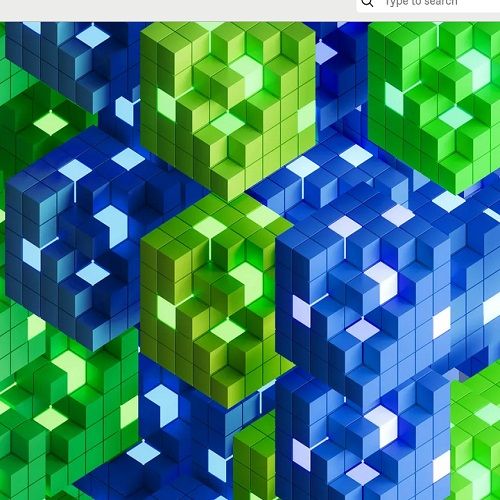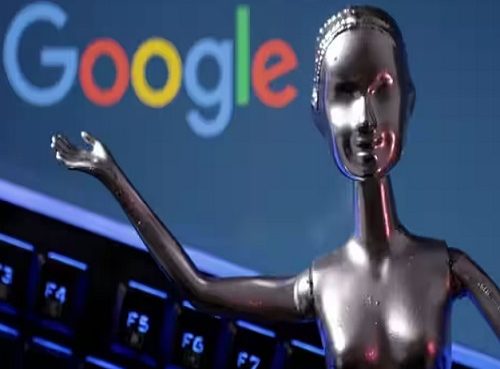A new paper published in the journal Chem points to the way blockchain technology could be helpful for scientists in need of extensive computing resources—and makes some news in pre-biology, too.
Researchers associated with Allchemy—an AI startup focused on drug discovery and computational synthesis—as well as the Korea Institute for Basic Science and the Polish Academy of Sciences, say they were able to simulate a network of chemical reactions that could lend insight into how life first formed on early Earth.
“It’s a very unusual marriage to combine chemistry, especially prebiotic chemistry, with blockchain and distributed computation.”
—Sara Szymkuć, Allchemy
But there’s a twist: The researchers’ project used computing resources provided through the Golem blockchain protocol to conduct complex chemical modeling. While cryptocurrencies are often deployed to solve complex math problems, in this case researchers started with an initial model for primordial molecules, like ammonia and water, and then simulated a range of possible chemical reactions.
The system produced several generations of synthetic reactions, which could then be mined for potential cycles that appeared to repeat—revealing chemical interactions that could have potentially played a role in the origination of life. The idea resembles a 21st-century and tech-forward twist on the famous 1953 Urey-Miller experiment, which sought to emulate the conditions of Earth and recreate organic molecules.
“These studies allowed us to have more insight [into what] early metabolic systems could look like and how they could evolve into the metabolic cycles we have now,” explained Sara Szymkuć, a scientist who also serves as president and co-founder of Allchemy. “We found mimics of known cycles that used, for example, slightly different molecules or slightly different reactions. It could point us towards certain directions for where to look when we are thinking about the evolution of early metabolic systems.”
The project calculated more than 4.9 billion “plausible prebiotic reactions” across more than 3.7 billion simulated molecules.
This time around, the team turned to Golem, a blockchain protocol that allows people to, essentially, rent out their computers—for the purpose of conducting complex calculations—in exchange for cryptocurrency. Allchemy and Golem Factory, a startup that offers a CPU/GPU rental service, supported the research.
According to Szymkuć, the primary advantage of using the cryptocurrency-based approach is financial. Renting similar resources from Amazon, she suggested, could have cost twice as much. There’s also the matter of time. Assembling the model through Golem, which ultimately involved about 400 machines, took around two months, Szymkuć said. In comparison, purchasing hardware with chips capable of completing these calculations could have taken at least six months, the paper noted.
“It’s a very unusual marriage to combine chemistry, especially prebiotic chemistry, with blockchain and distributed computation,” said Szymkuć. “What we also like about Golem is the fact that it’s orchestrating the power that is needed to perform the calculation automatically. Also, we didn’t have to make any substantial changes to our code.”
The resulting network, which they called the Network of Early Life, was immense, according to the paper. The project calculated more than 4.9 billion “plausible prebiotic reactions” across more than 3.7 billion simulated molecules.
Ultimately, several hundred reactions were found to be self-replicating, creating a promising foundation for further study. At the same time, the team says they’ve established a novel way of conducting scientific research that requires extensive computing.
Soubhik Deb, a researcher who studied blockchain technologies at the University of Washington and now works for EigenLayer, a crypto company focused on Ethereum, agreed that there are advantages to using blockchain technology for this kind of research. He also argues that blockchain-based computing resources are less likely to be censored.
Still, he says, there are caveats worth considering, including around security and accuracy.
“Blockchains operate under Byzantine adversarial scenarios, where the participants who are running the computations can just send wrong computation result[s]. Setting correct negative incentives in place to mitigate such adversarial behavior is not really easy,” Deb said. “Another big challenge is privacy, as the data to be computed is visible to everybody.“
Source: Spectrum










